Tourist Attractions of the Sassandra- Marahoue, Tonkpi and Worodougou regions
The Sassandra Marahoue Region

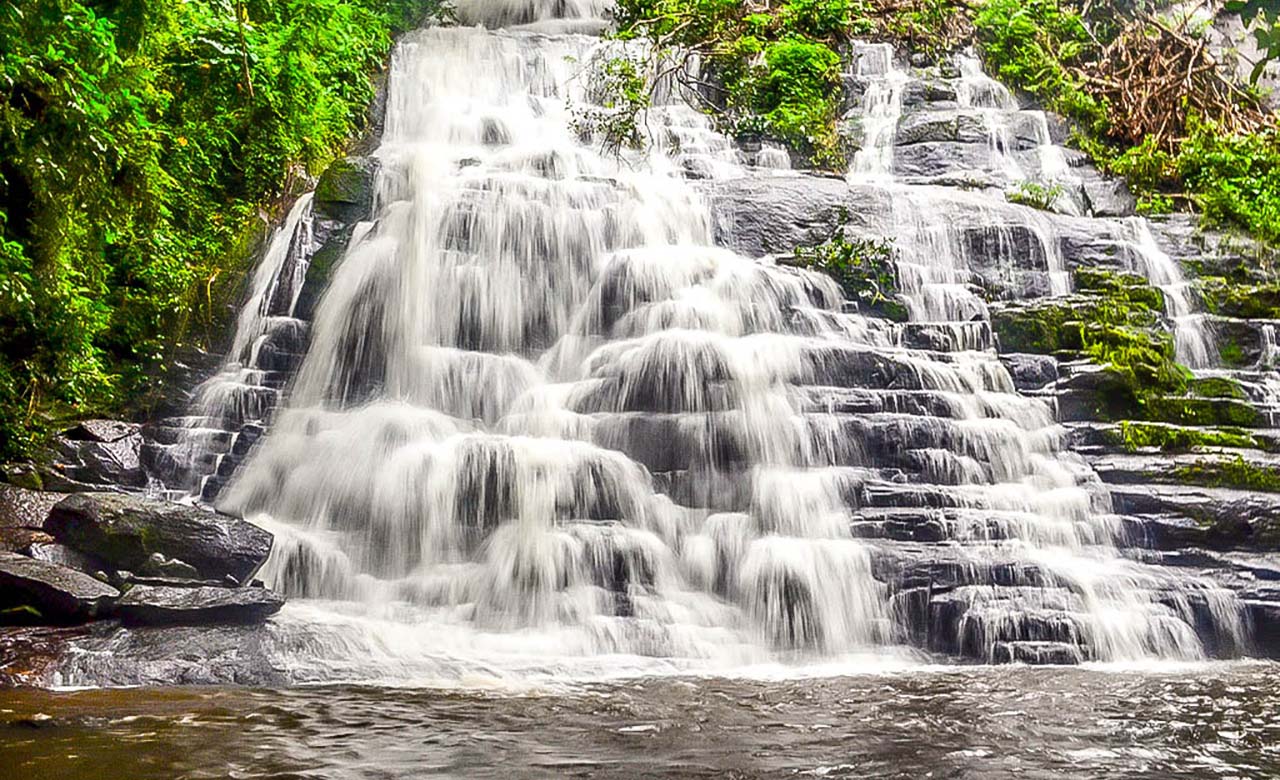
The district of Sassandra-Marahoué is a district of Ivory Coast that covers the regions of Upper-Sassandra and Marahoué, with the city of Daloa as its capital. This district is endowed with several tourist attractions that absolutely must be visited. This region, located in the west of the country, is mainly populated by the Bété, Gnamboua, Gouro, Baoulé, and the Malinké.
The artisanal center of Daloa

The handicraft center of Daloa is considered one of the oldest centers in the country. Located near the artificial lake of the city, it is very much appreciated by tourists and visitors who go there to appreciate its rich cultural heritages which are symbolized by its flagship product: the famous swords of Daloa. It is made up of sculptors, shoemakers, jewellers, and merchants of various works of art. All trades merge in order to provide impeccable work. Other artistic items available are masks, furniture, and home-made jewellery.
The sacred monkeys of Gbetitapéa

Situated on the coastline and ideal for holidays, this region is ideal to spend a holiday by the sea with its wonderful beaches. The sacred monkeys represent the inevitable tourist curiosity of the region. These monkeys occupy the trees, parks and streets and are protected by the local inhabitants. Considered as sacred, they move to and fro freely, making unique spectacular shows. Thus, a trip to Gbétitapea will permit you to enjoy the most beautiful beaches of Côte d’Ivoire while living a completely unexpected cohabitation with the primates.
Elephant Rock of Brizéboua
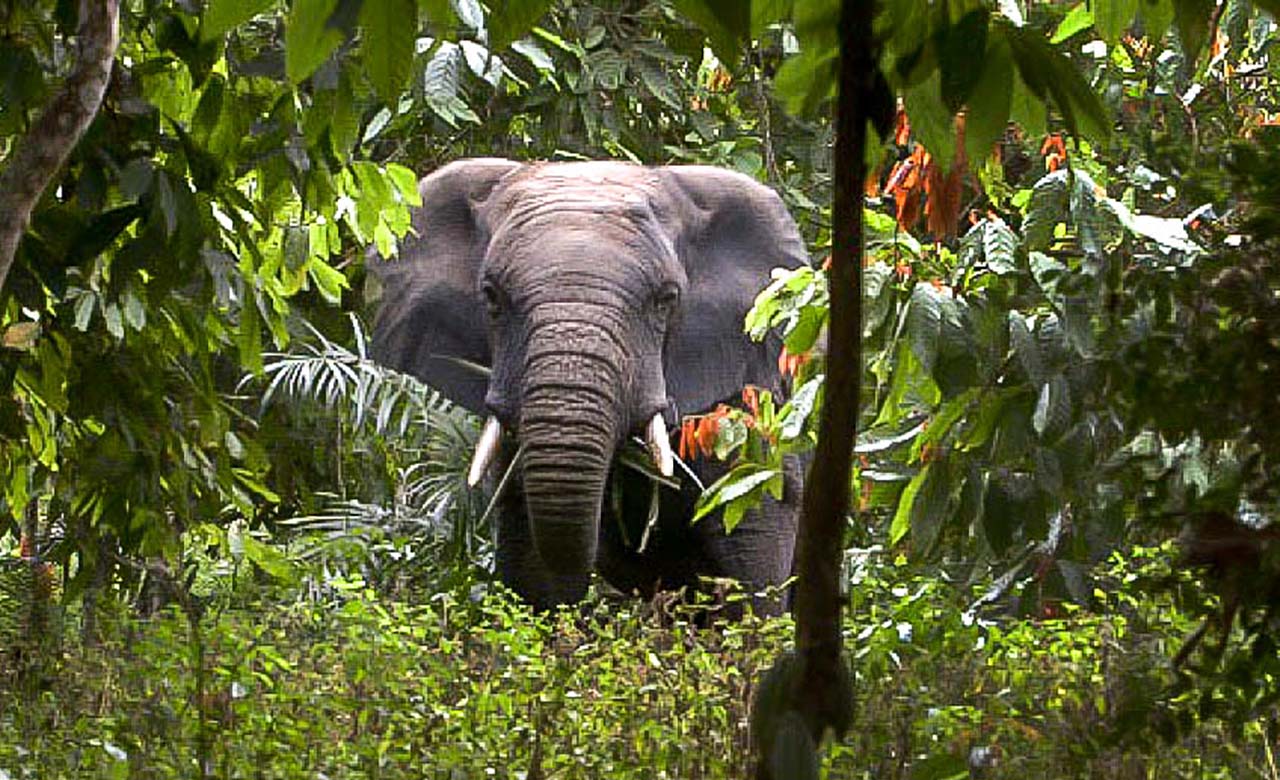
Restricted to the public until the recent past, the Rock Elephant of Brizéboua remains one of the most representative tourist wonders of the region. According to the legend, its origin was based on an elephant that was turned into a rock after being shot by a hunter.
The Marahoué National Park
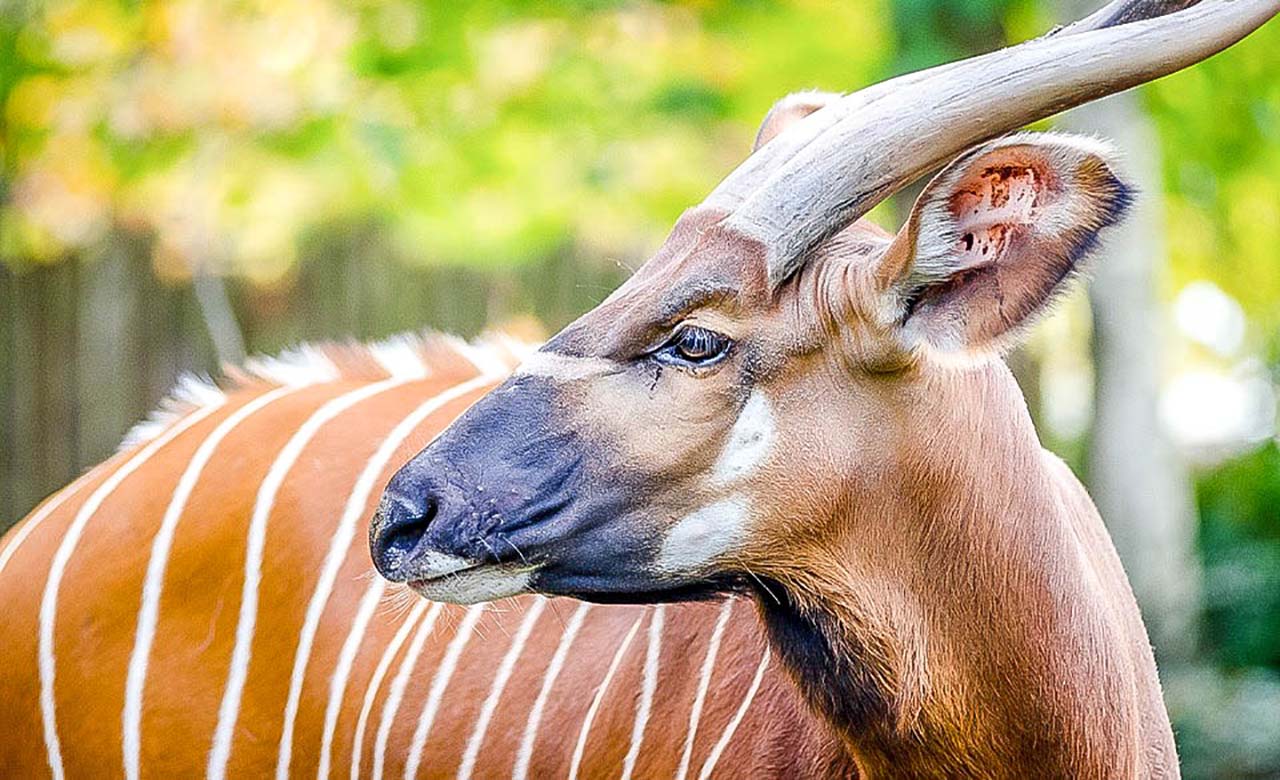
Located in the center – west of the country in the region of Bouaflé, the Marahoué National Park was created in 1956 as a wildlife reserve and was established as a national park in 1968. It covers an area of 101.000 hectares and it is perfectly equipped to welcome visitors and offers a quality environment. Endowed with several watchtowers, the park is home to crocodiles, buffaloes, hippos, elephants, bongos, buffalo, cynocephalus and many other animals that you will discover.
The mask Zaouli and Flali
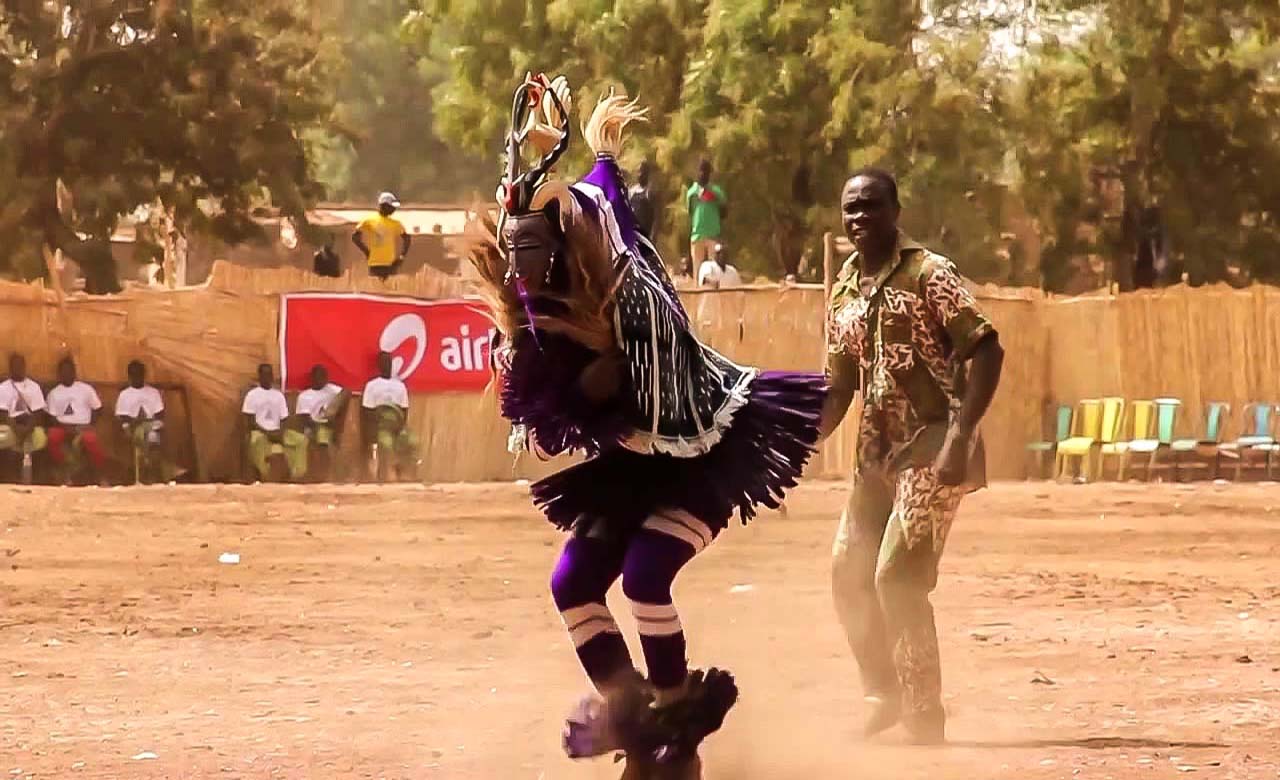
The Zaouli, or Djéla-lou and the Flali are dances which are characterized by the wearing of the Country’s masks which have protective virtues. These masks are characterized by the delicacy of their features. They are accompanied by several other dancers who perform turn after turn. There are jovial dances of extraordinary beauty, which are very much appreciated during the manifestations.
The Tonkpi Region

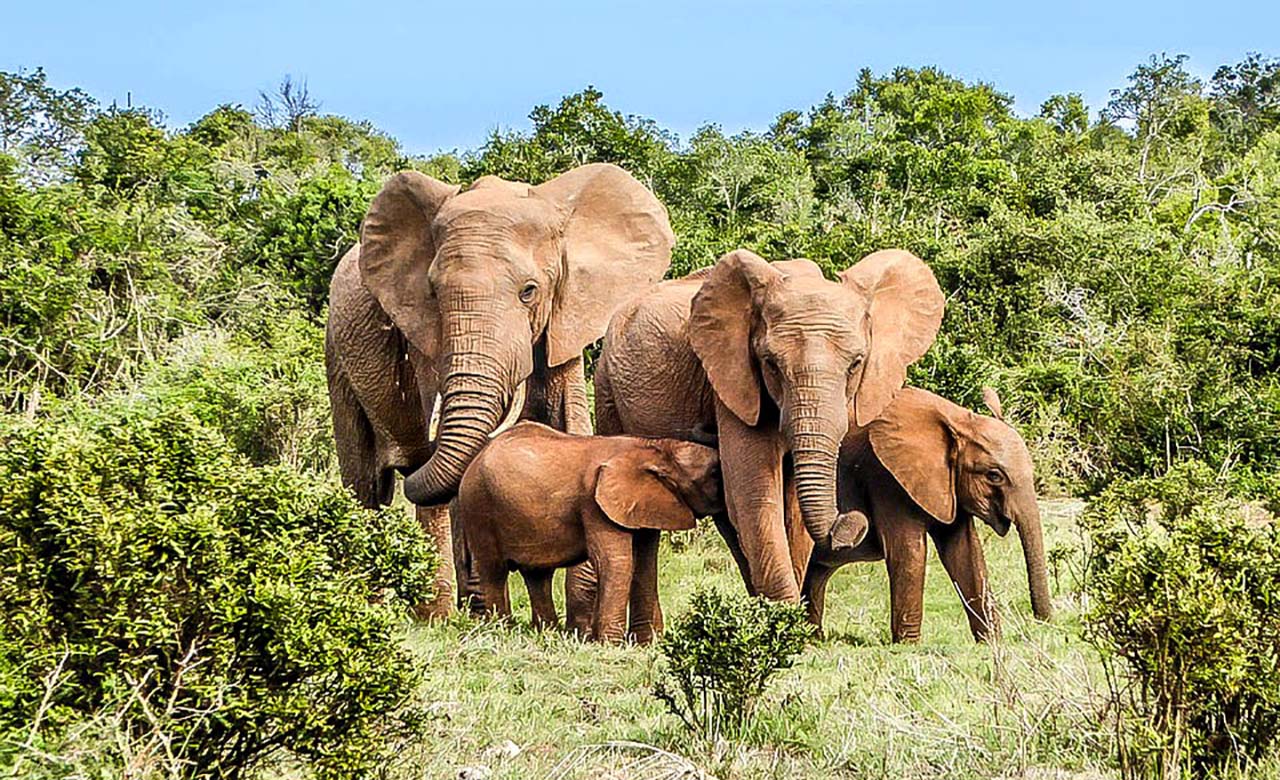
Located in the west of Côte d’Ivoire in the mountain district, the Tonkpi Region is one of the largest in the country. It is one of the most attractive tourist destinations in the country, in terms of its vegetation and the beauty of its natural sites. With a population of 1,047,769 inhabitants (2014), it covers a surface area of 14,284 km² and is bounded to the north by the Bafing Region, the east by the Worodougou and Haut-Sassandra regions, the south by the regions Cavally and Guemon, and the west by the Republics of Guinea and Liberia. This region is populated by the Yacouba, Kru, We, Guéré, Wobe, Toura and many other ethnic groups.
The Man Waterfalls

The Man Waterfalls, fall from an altitude of 20 meters high, and benefits from neighbouring tourist attractions in the region. It attracts many national and international tourists. It is found in the heart of a picturesque forest. Here, the song of birds harmoniously mixes with the sound of the run-off as it hit the rocks of the waterfall. These falls make the happiness of many visitors.
The Man's teeth
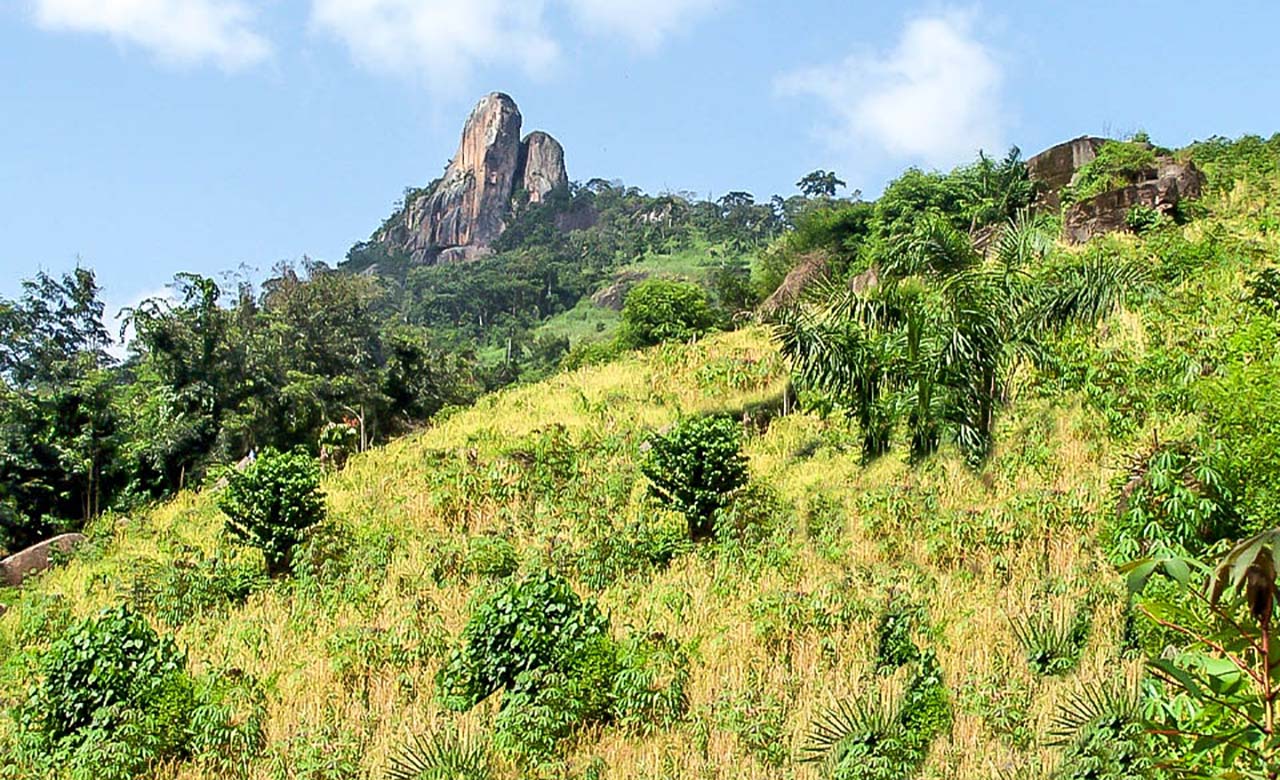
The Man’s Tooth remains the most striking natural edifice of the city of 18 mountains. Visible from the entrance of the city, it consists of a set of twin rocks that culminate at a height of about 900 meters, offering a panoramic and a magical view of the Man City. It symbolizes alone, all the tourist wealth of Côte d’Ivoire.
The Creepers bridge of Lieupleu
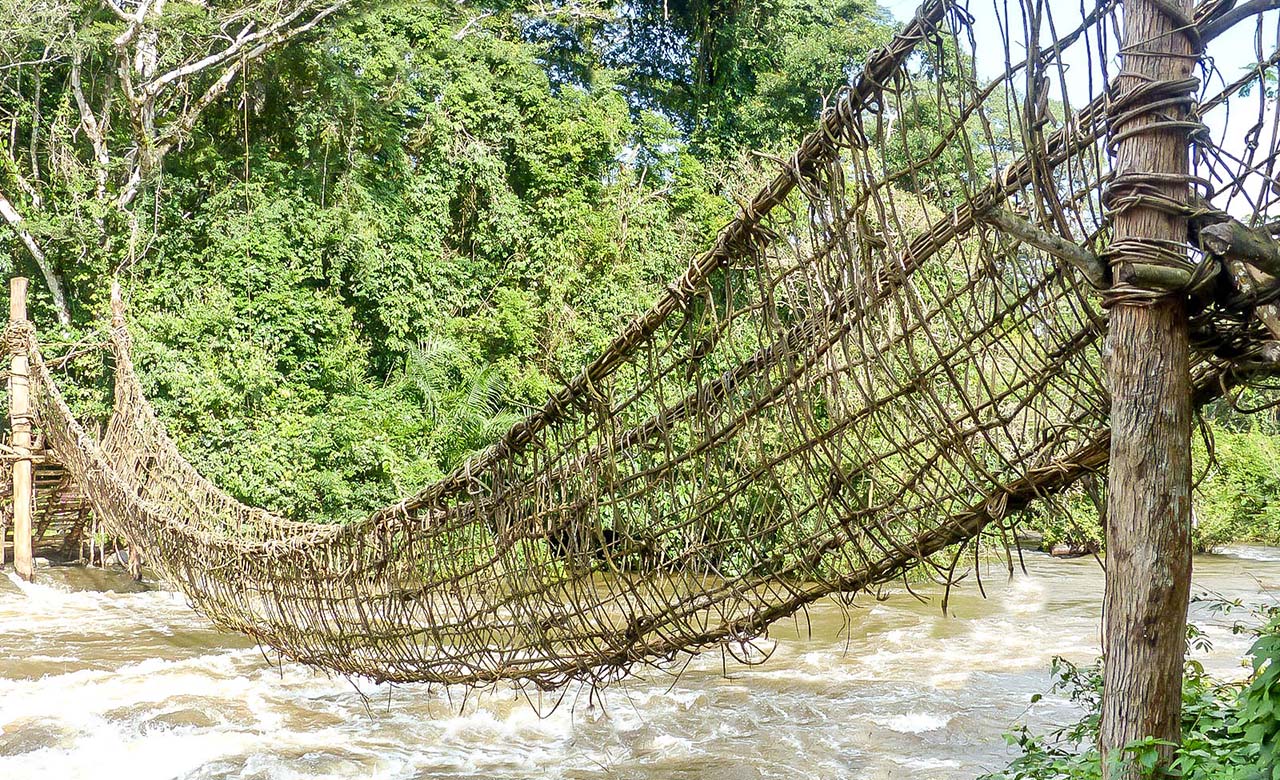
The creepers bridge of Lieupleu is the most famous attraction of the region. Its architecture, form and the secret of its construction, which according to tradition was made overnight, is being jealously guarded by the inhabitants of this region till today.
Mount Tonkpi or Tonkoui

Mount Tonkoui or Tonkpi is the highest peak of the Man Mountains and the second highest peak in the country after Mount Nimba (1,752 m). It culminates at an altitude of 1,189 meters, it has beautiful trails for hiking and a breathtaking landscape.
Mount Sangbe National Park
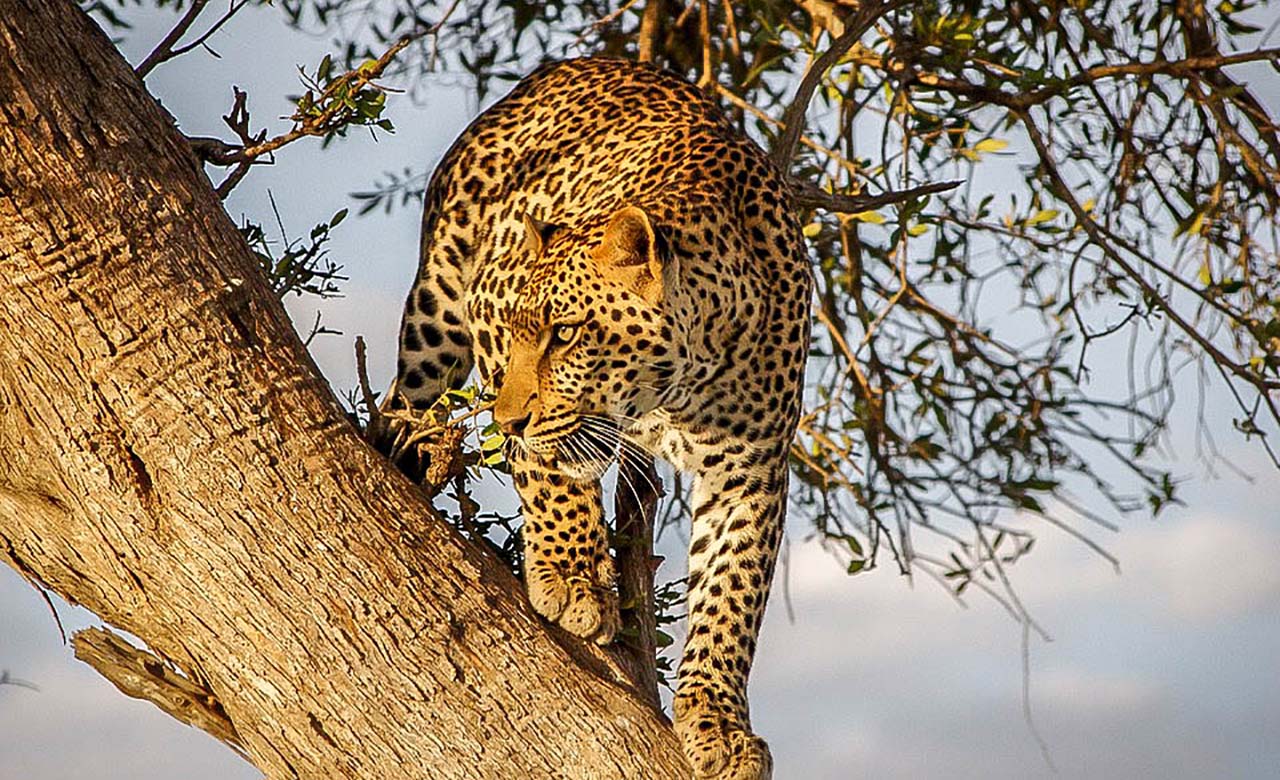
Located in the west part of the country not, far from Biankouma, Mont Sangbé National Park was created in 1976 and covers an area of 95,000 hectares. It has an exceptional fauna, rich and diversified, composed among others of rare species. It is home to elephants, buffaloes, leopards, hippopotamuses, antelopes, monkeys and many more. The national park is located in a mountainous area with 14 peaks at more than 1,000m with breathtaking scenery.
The Worodougou Region
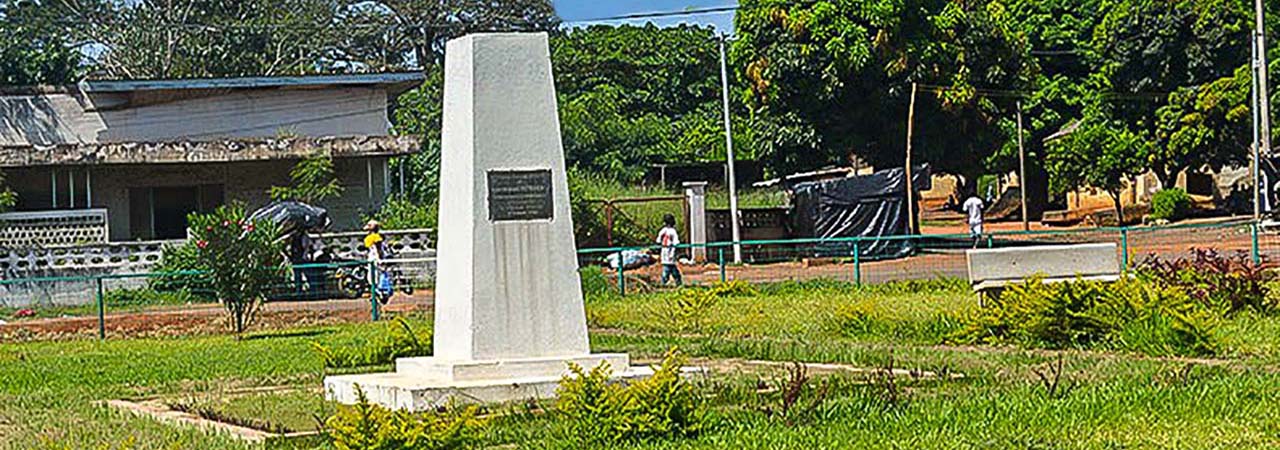
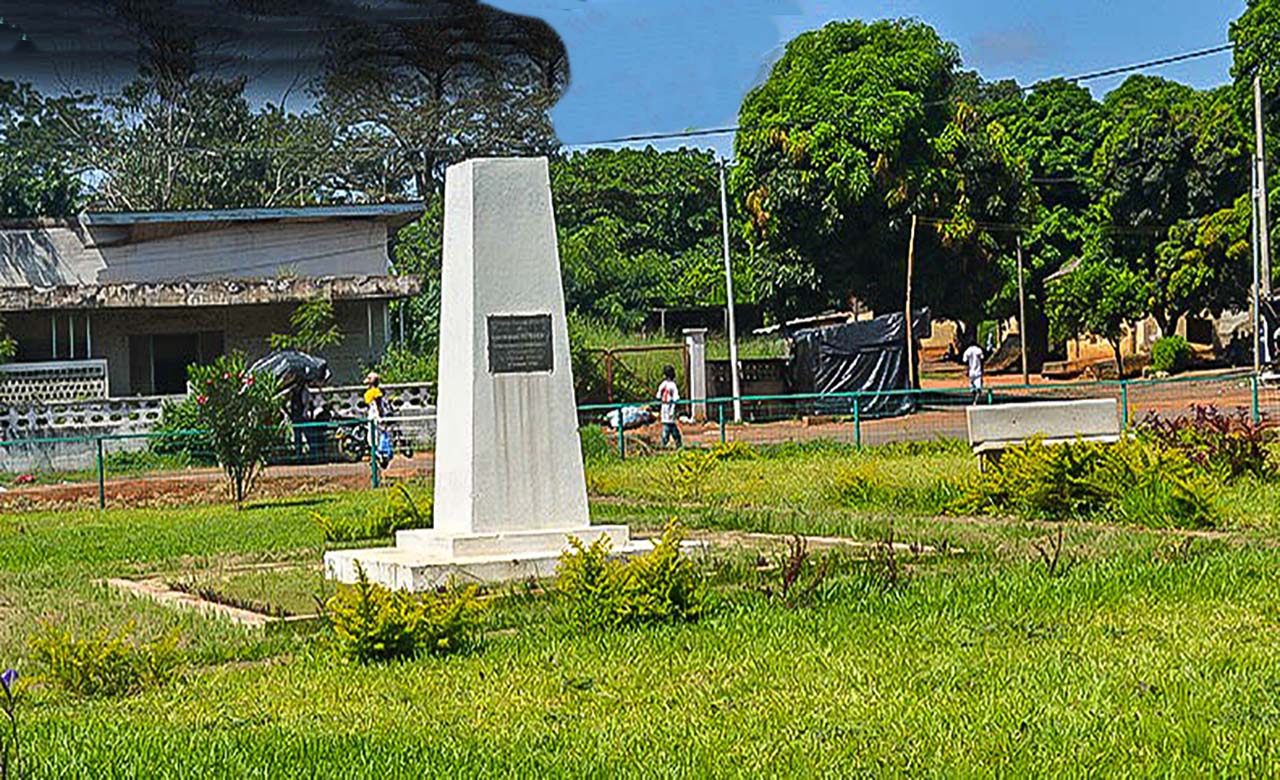
Located in the northern part of the country, the Worodougou region Seguéla as Capital, which is found some 516 km away from Abidjan. With a population of 272,334 (2014), it covers an area of 21,900 km². The Worodougou Region is bounded to the north by the Kabadougou and Bagoue regions, south by the Upper Sassandra and Guemon regions, east by the Bere region and the west by the Bafing and Tonkpi regions. This region is mainly populated by the Malinké, Mahou, Koyoka, Toura and many other small groups.
The Ouaninou cave

Located in the locality of Ouaninou, this cave served as a crossing point for the inhabitants of the Mahou country as it linked Côte d’Ivoire to Guinea.
The Blacksmiths of Yo

Yo is a village in the region and it is found some 5 km from Touba. The blacksmiths work has made this village to be famous. Visitors shall have the opportunity to discover the know-how of these blacksmiths.
The secular mosque of Siana

Built in the 16th century, it is one of the oldest mosques in Ivory Coast. It is built with sundry bricks (banco clay), in the Sudanese style.
The Bamboo craftsmen of Siana

The Siana bamboo craft center is a center for the fabrication of diverse modern handmade objects. These craftsmen are capable of reproducing any kind of miniature of a larger object as from dry bamboo.
The sacred fish pond of Oussogoula

It is a sacred pond that serves as a place of pilgrimage for the people of this region.
